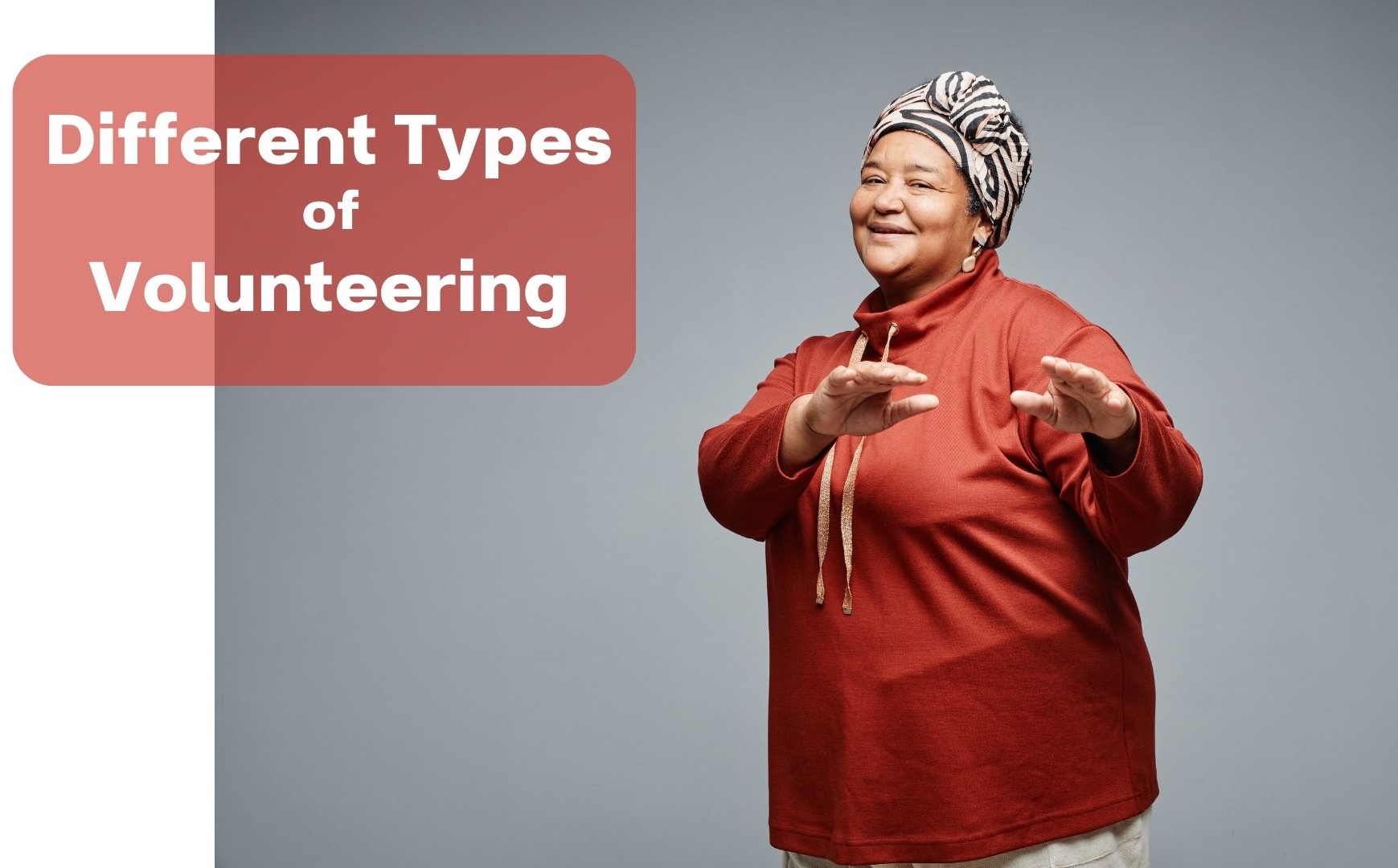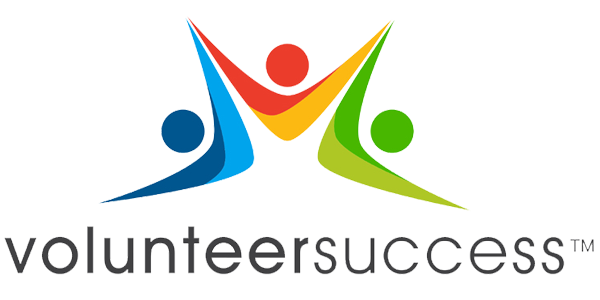

The type of volunteer roles that Canadians seek evolve during their lifetime with changing priorities and circumstances. Understanding and comparing the different types of volunteering and ways people volunteer can help you decide where you would like to put your energy, time and talents and what might be a good fit for you.
Older people are often looking for a range of options for what fits with them and where they can see the value and impact of their contribution in their community.
People can volunteer on their own or with a group. The information here focuses primarily on individual types of volunteering, but you are welcome to read our article on “Group Volunteering” — the link for it is below.
Some of the broader categories of volunteering you can ponder:
- Behind the scenes — no particular level of skill or prior experience needed: sorting donations, preparing mailings, gardening, food preparation, decorating spaces, helping with a rummage or craft sale at a religious organization, collecting donations offsite, campaigning for political elections, community clean-ups, dog walking for an animal shelter, advocating for a social awareness or social activism campaign, making things to give to others (see article below “Village…”), planning community meals — often behind the scenes but could also involve engaging with people
- With people — no particular level of skill or prior experience needed: serving or delivering meals or refreshments, talking with and listening to people, friendly visiting, coat-check clerk, ushering, greeting people at the door of an event, answering reception telephones, making donor thank you calls — more often directly engaging with clients, community members or patients
- More skill required — directly impacting people: mentoring, befriending, teaching, coaching, home visiting, helpline phone answering, tutoring, driving people to medical appointments, playing piano or singing for events
- More skill required — impacting from an arms-length: serving on a board, task force or committee, chairing or organizing a fundraising campaign, reviewing policies or manuals and editing as required, data entry into a computer, sewing costumes or building and painting sets for a theatrical show
- Skills-based volunteering — using your professional expertise: accountants running tax clinics or financial literacy classes, lawyers organizing legal clinics, gardeners helping with landscaping, chefs teaching cooking classes or cooking meals, phycologists offering counselling services, designing a website
- Employer-Supported Volunteering: Employees volunteering, in various ways, with the support or encouragement of their employers. The levels of support may differ from workplace to workplace, and employers can support volunteering by allowing staff time off for volunteering or providing in-kind support to community causes.
- There are also types of volunteer opportunities off of Canadian shores: voluntourism (travel abroad and volunteer for a charitable cause); volunteer exchanges (exchanging volunteers from one geographic area to another); and international development volunteering (cooperative activities in developing countries), but we won’t be focusing on these types in this article.
Some of the more specific kinds and ways of volunteering within the broader categories:
- Regular commitment (daily/once-twice per week/every 2 weeks/per month/seasonal)
- Episodic volunteering (one-time or short-term)
- Event volunteering (appreciation, fundraiser, sports or holiday events)
- Virtual volunteering* from home (sometimes referred to as online volunteering)
- Group volunteering* – with friends or family or colleagues or religious group
- On behalf of a cause or organization (a food drive, collecting donations, walk-a-thon).
Formal vs Informal volunteering:
Formal volunteering is usually through, with or on behalf of an organization — this often involves signing up to volunteer in a more official way and being recognized for your contributions (many of the above examples would be considered formal volunteering).
Informal volunteering is helping out but not officially through an organization — clearing snow for a neighbour, doing a community clean-up on your own or with friends/family.
To help you explore the types of volunteering to consider, ask yourself the following questions:
- Where am I in my life now? What are my current circumstances and what is up ahead?
- What do I care about? How can I make a difference? What kind of volunteer would I be?
- What skills or experience do I have to offer or do I want to gain?
You can make an offer to volunteer by contacting an organization and talking with them.
When you call, you’ll probably get a receptionist so first ask if they are the right person to speak with about volunteering. Once you get the right person on the phone:
- Tell them why you’ve contacted them specifically (you like their cause / purpose)
- Let them know you’re enthusiastic and excited to volunteer with them
- Tell them in a few words what you can bring to them as a volunteer (anywhere from: “I want to help in any way” to “I have a specific area of skill or expertise, and I wish to use this to benefit your organization”)
- Speak your truth:
- tell them you’d like to know what’s involved and that you’ve never volunteered before (if you haven’t)
- If they tell you to go online or go through their computer system, and you aren’t sure what that means or how to do that, tell them you aren’t comfortable on computer and you’d like their help to walk you through the process
- Be sure to talk about accessibility if needed (see below for the link to our article “Ageless Access: Older Adult Friendly Spaces”)
Some of the causes or motivations for volunteering:
In addition to the invaluable contributions that older adult volunteers make in communities, the act of volunteering also makes an invaluable contribution to health and well-being.
Volunteering helps older people stay active and connected to their communities, helps maintain social contacts, and promotes a sense of value and self-worth. While there are age-related factors, such as health status and stage of life, that influence our volunteering patterns, there are also historical and lifestyle features that are unique to each generation.
Whatever type of volunteering appeals to you be sure to remember to enjoy it too!
Some of the above comes from:
- Volunteer Canada’s resources for older adults found HERE.
- Government of Canada found HERE.
- “Village…Residents Help Homeless by Turning Plastic Bags into Sleeping Mats” found HERE.
*Check out our articles:
- “Not Sure WHERE to Begin – Self-Assessment” found HERE.
- “Virtual Volunteering” found HERE.
- “Group Volunteering” found HERE.
- “Ageless Access: Older Adult Friendly Spaces” found HERE.
- “What to Expect from an Organization When I Want to Volunteer” found HERE.
- “What to Ask an Organization Before Volunteering” found HERE.


